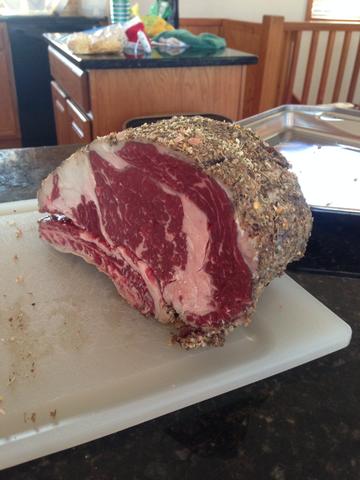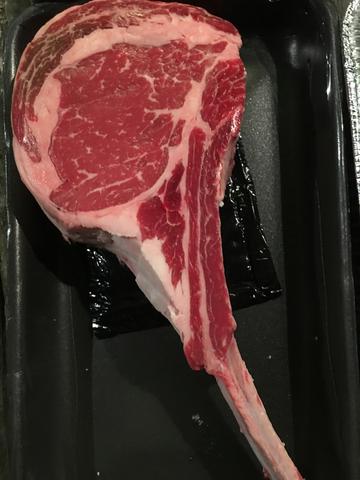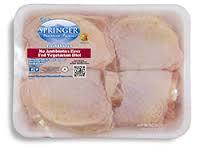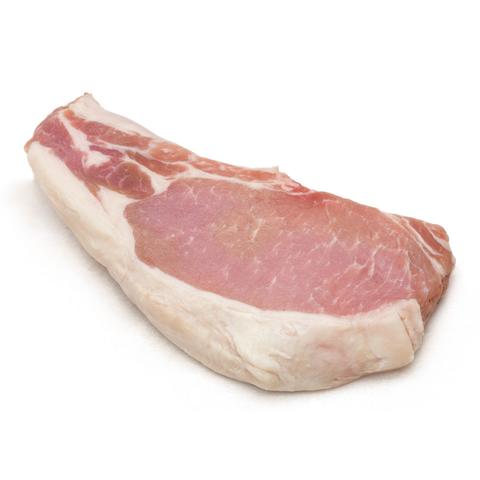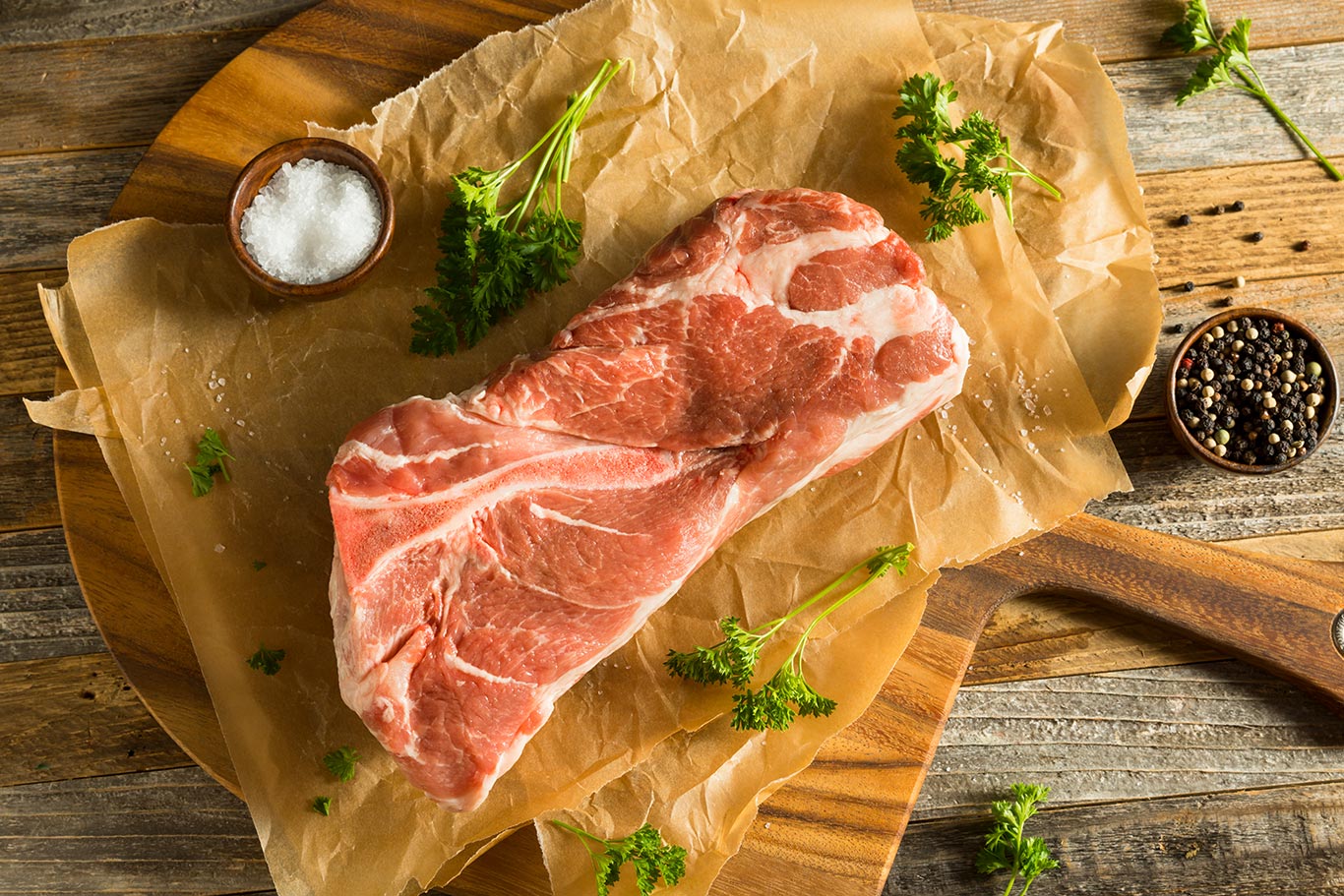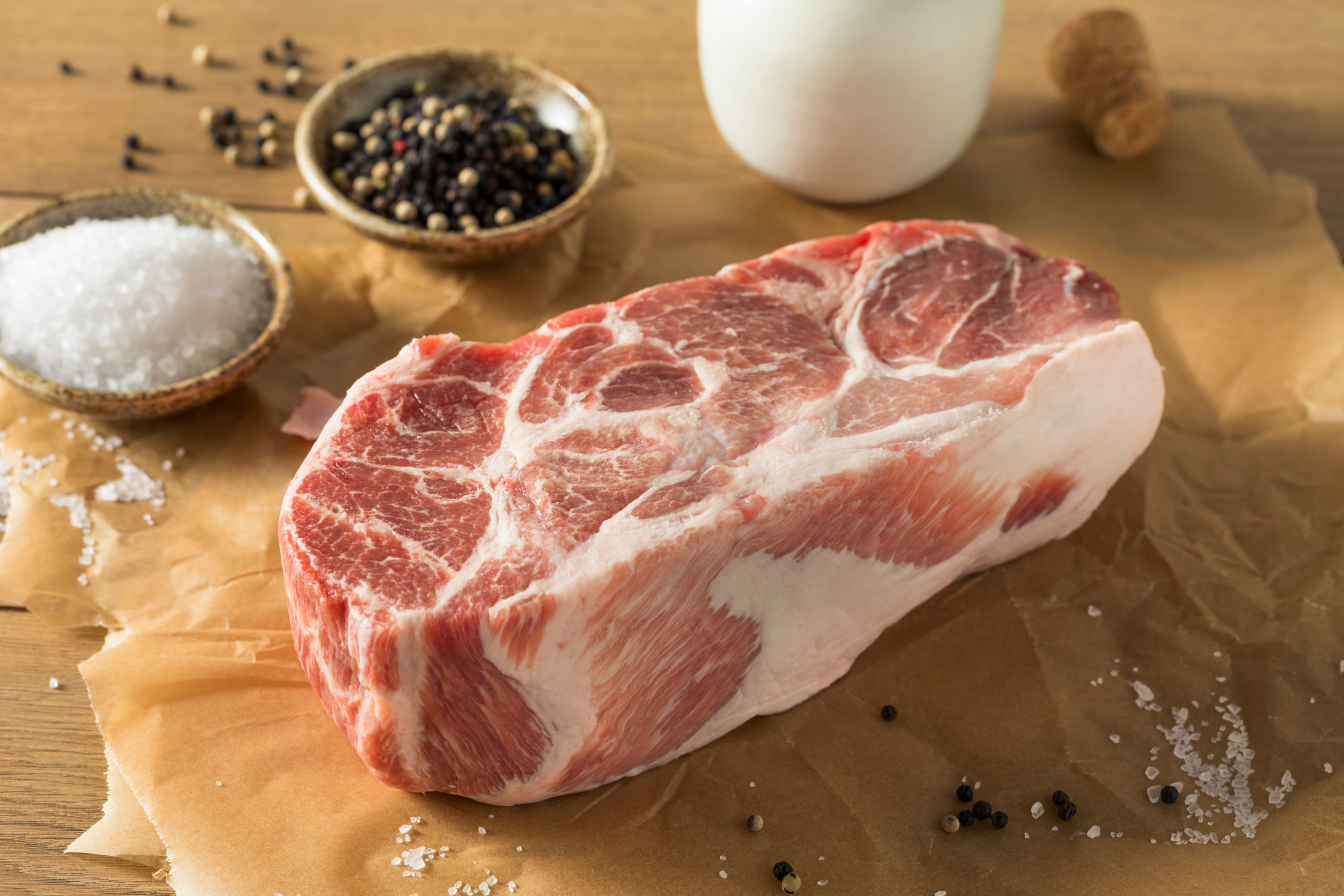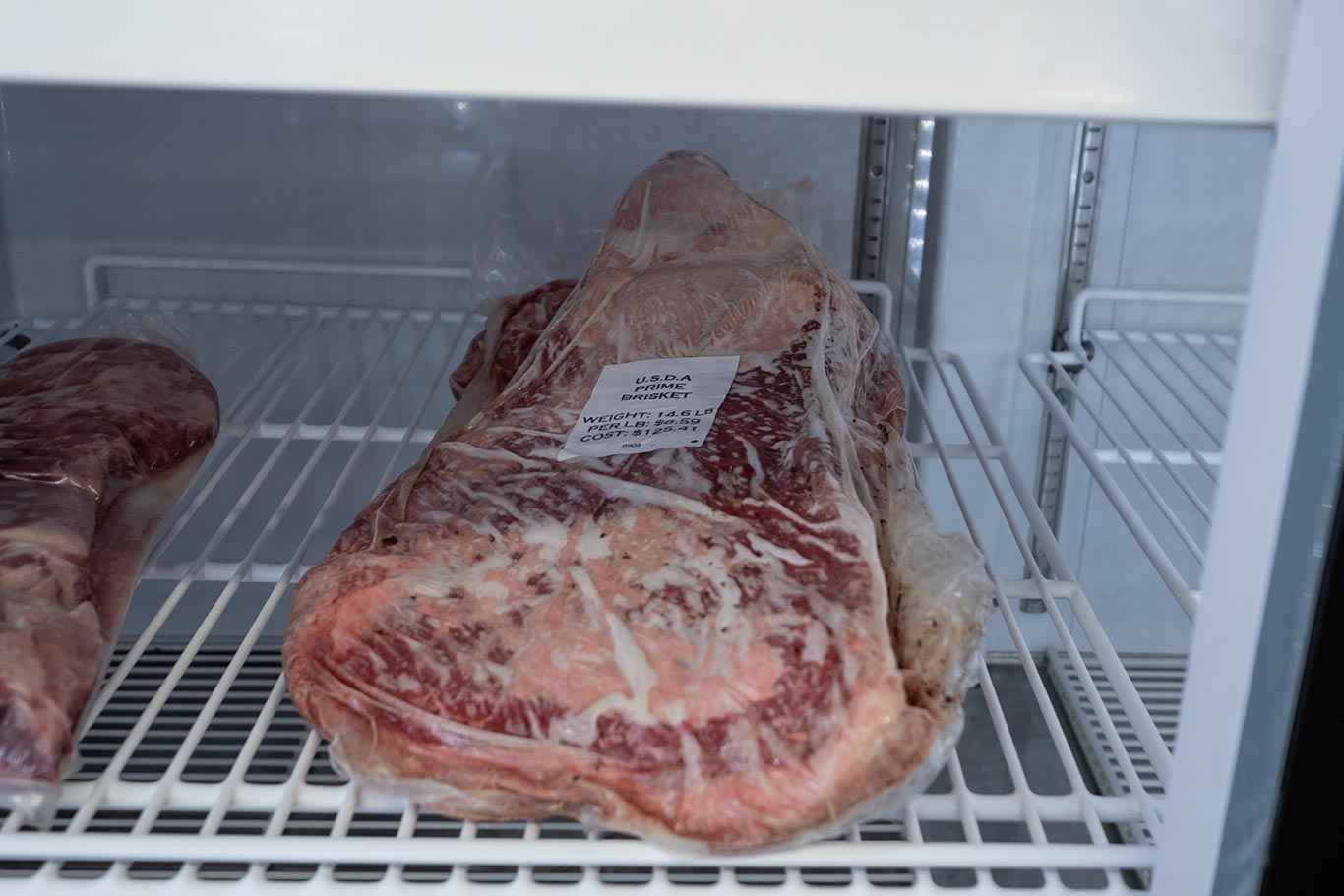Meat selection is one, if not, the most important detail to turning out great barbecue. Why with all the hard work and hours that go into making barbecue would one select inferior cuts of meat? It makes no sense. Doing so puts you behind the “eight ball” right from the start. Sure, purchasing better meats will cost more but if you keep a look out for store sales or just have a good eye (and know what look , for) may be not.
So, what to do?
If your time is limited, and you don’t want to put the energy into searching around, then establishing a good relationship with a reliable butcher may be best. With his expertise and knowledge he should able to guide you and offer good cuts.
Beef
Beef is rated by the USDA as Select, Choice and Prime. There are lower grades than Select but they aren’t worth mentioning. AVOID SELECT!! Your greatest selection will be Choice grades especially when purchasing from a supermarket. Certified Black Angus is an industry standard not a USDA Grade but it is usually a better cut of Choice. Butchers can supply you with Prime but it may have to be ordered.
So what differentiates a superior cut of beef verses a marginal one? Intramuscular fat or “marbling”. Marbling is the fat that is interwoven with the muscle fibers. The theory is, the more marbling, more tenderness and flavor. Prime cuts will have the most marbling. The fat around the outside of a steak is inter-muscular fat and does not help flavor or tenderness. In fact, most of us will trim this away when chowing down. Below are examples of good marbling.
Chicken
Most chicken in the supermarkets are “shot up” with all kinds of stuff to make them bigger and help make them grow faster. Usually you can notice this be the yellowish skin color. This is an indication that the backside of the skin is harboring a lot of fat. This fat does absolutely nothing to enhance the cook. Many Pro Pitmasters when competing will many times take the skin off chicken thighs and scrape the fat off. After they do this to a dozen thighs they will have a large pile of fat. Besides not being healthy the fat causes flare ups on the grill and keeps the skin from becoming crispy.
Buy chicken with nice white skin and where the label indicates it has not been “shot up”. Candidates are kosher chicken and a brand we like a lot, Springer Mountain Farms.
Pork
Pork is a little harder to distinguish. But one of the first things you should look for is how much “purge” is in the cryovac. “Purge” is the reddish liquid. It is many times construed as blood. It is not. The animal is bleed thoroughly at the time of slaughter. This reddish liquid is “myowater” or myoglobin, the natural liquid in our muscles. If there’s a lot of “purge” you should continue to look further. So, less purge is better.
Next, look at the color of the meat. It should have a nice light pinkness to it. Check the sell by date. Are you buying a lot of fat or meat? Most pork that we find in the stores today comes from “commodity” pigs. Remember years ago the saying, “pork, the other white meat”. Producers have leaned out their pigs to meet the demand.
If you want to purchase pork the way it was produced many years ago you will have to buy what we call Heritage Pork. Heritage pigs are raised with more intramuscular fat. There are many but the most common are Berkshire, Duroc and Cheshire. You will most likely have to order these breeds off the internet. Google Heritage Pork. A pork chop from one these breeds looks like a ribeye steak with all the marbling.
So, don’t cheat yourself. Go and get a good cut of meat. You’ll be happier and so will your guests.
